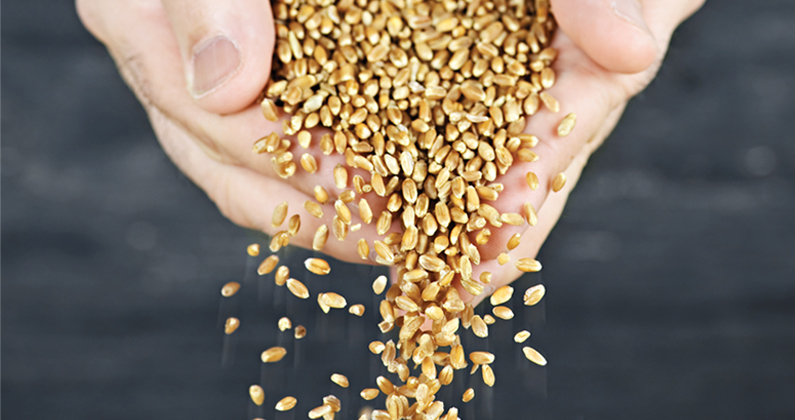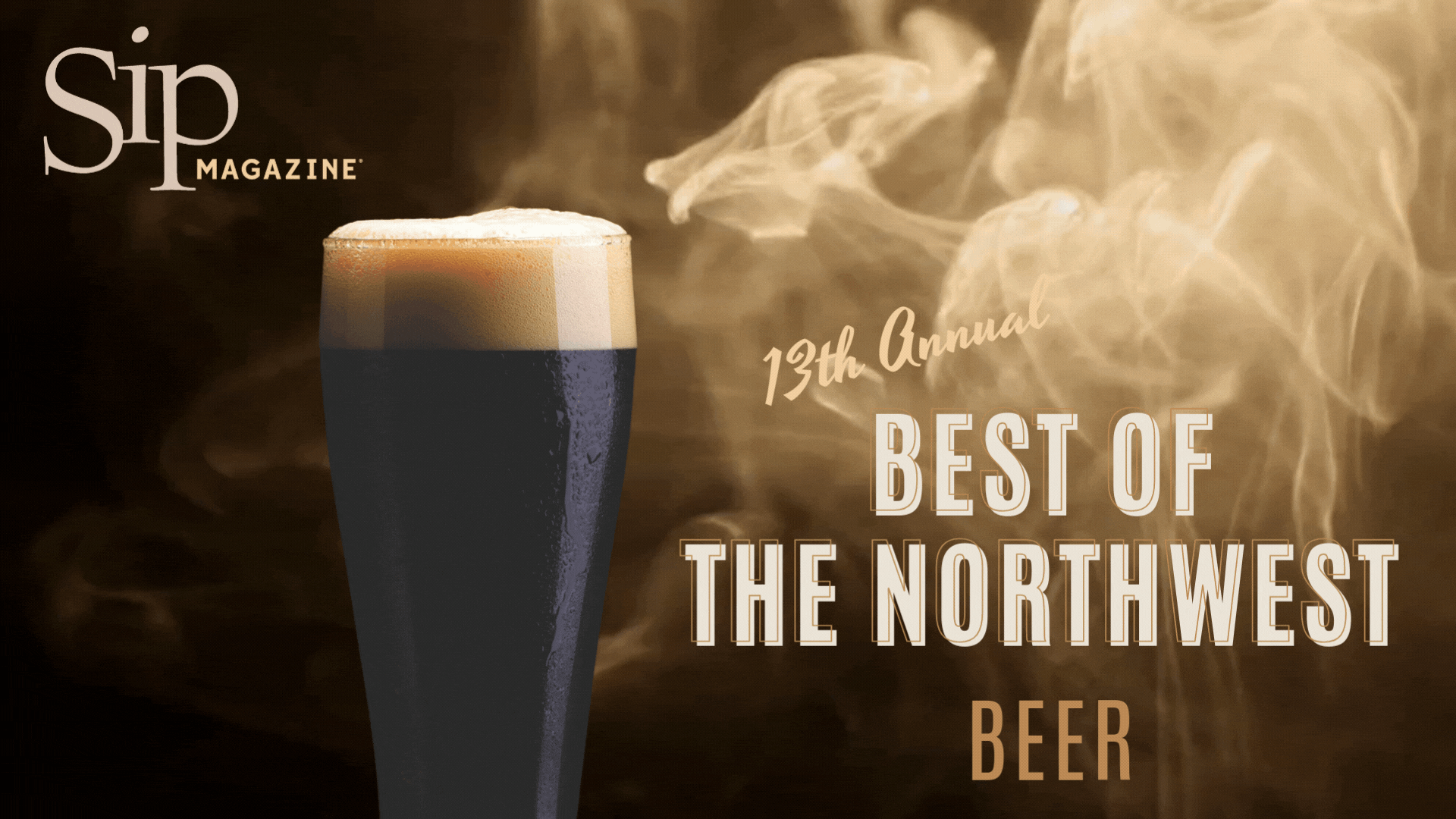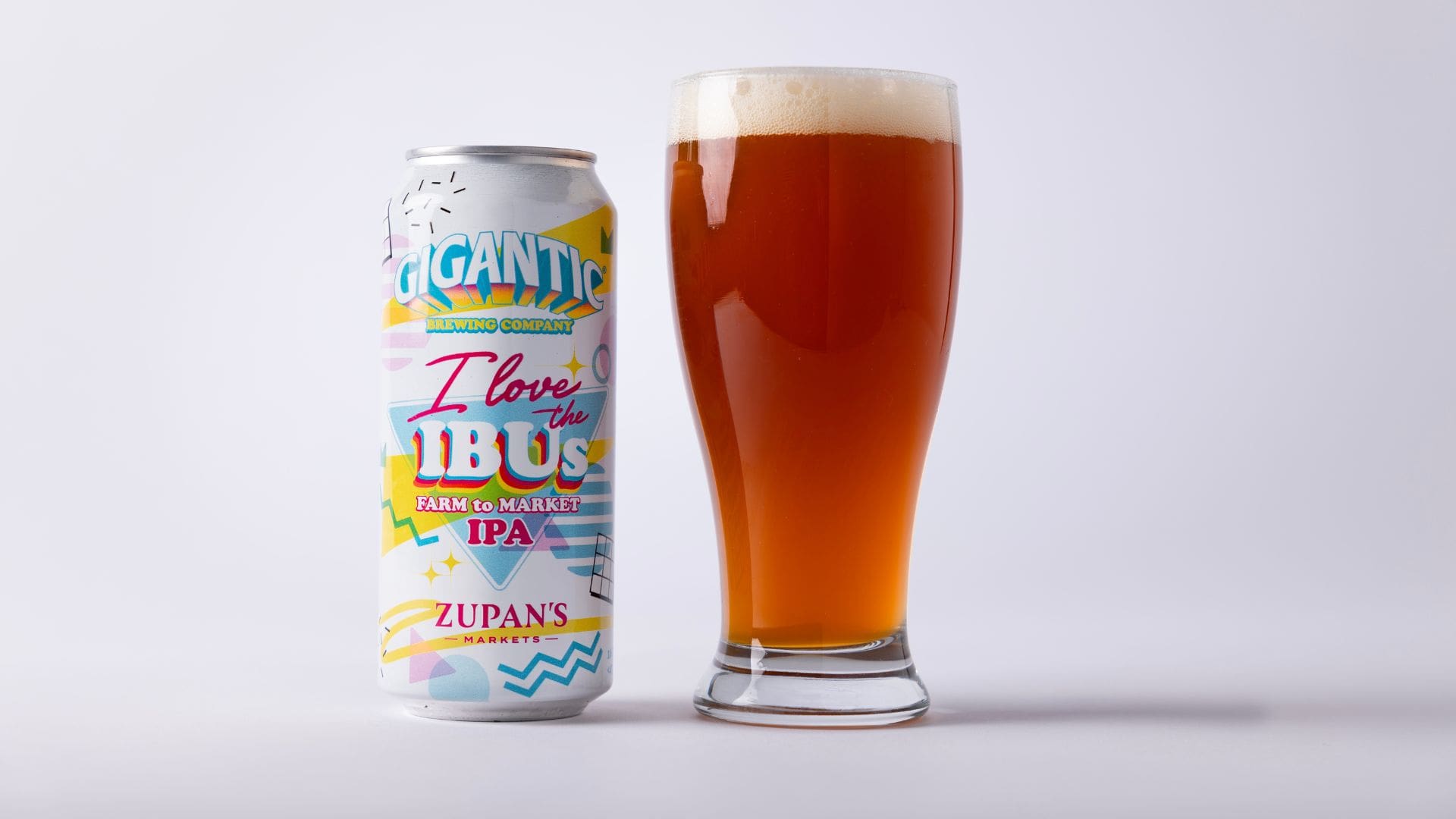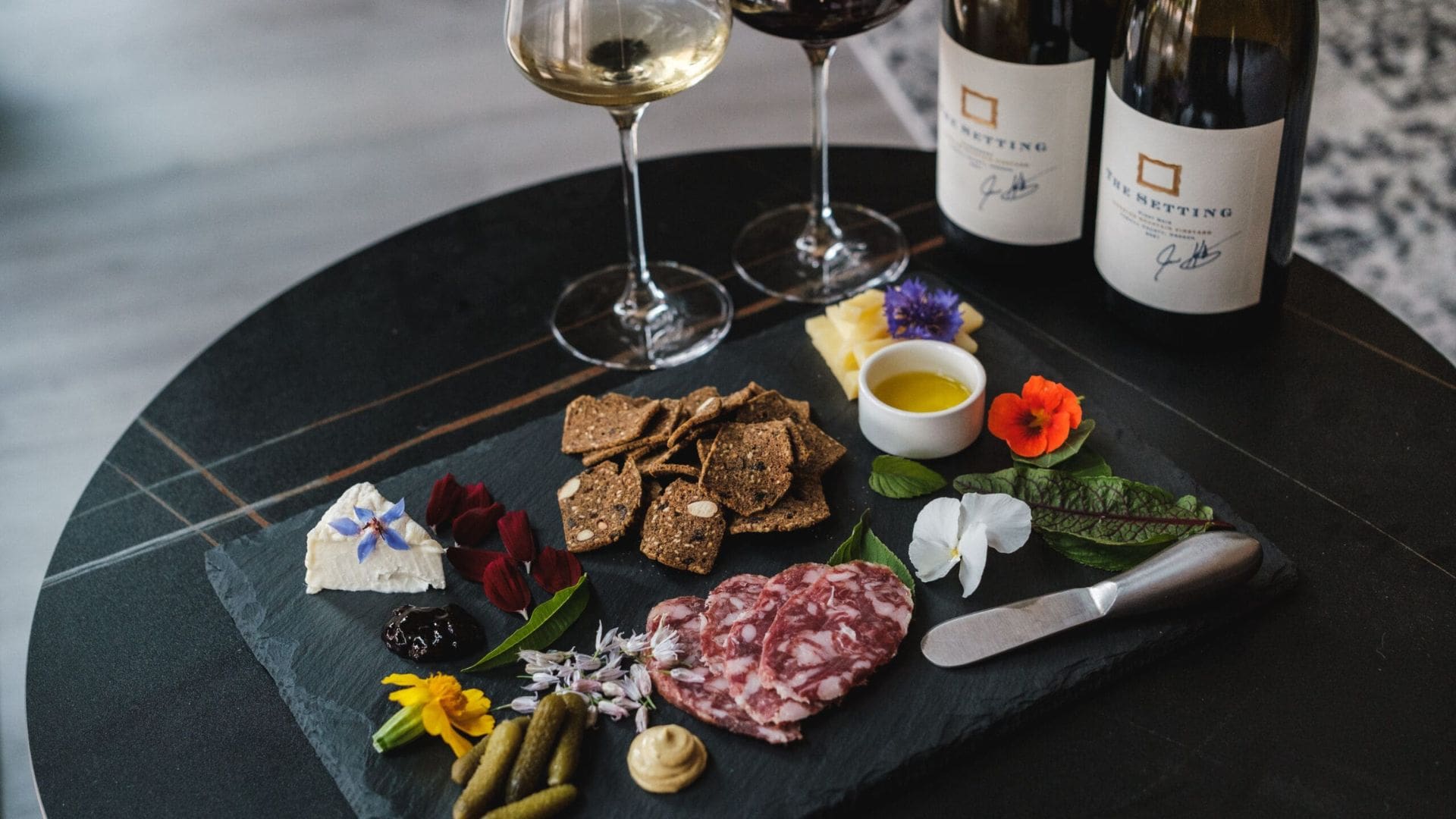For those of us who just like to sit in the sunshine and drink beer, in our minds, it just magically appears in its true form. But for those who understand the time and precision it takes to brew, there’s actually a lot more to the process.
In the Pacific Northwest, we can talk about how hops play a role in brewing until the cows come home. But what about all of the other necessary ingredients to craft a great beer? Beer is made up of water, yeast, hops and malt, yet many beer drinkers don’t realize that without malt, many of their favorite crafts beers wouldn’t exist.
But malt doesn’t just grow on trees. There are a few processes that have to take place before the final malt products can arrive at a brewery (or distillery). And because we’re not all scientists, Adam Foy of Skagit Valley Malting, the largest craft malthouse in the United States, was nice enough to help break it down for us to better understand the process and its importance.
What is malt?
First things first, malt — whether it’s for brewing or distilling — starts in its original form as barley. Other cereal grains like wheat, rye and even rice and corn have been used for malt, but because other grains don’t offer the same performance, barley has been crowned king. A finished malt product is what feeds yeast during the brewing process, and regular barley wouldn’t have the same effect. Without malt, the yeast wouldn’t have enough nutrients to live and to complete fermentation during the brewing process. Meaning, without malt, yeast couldn’t produce carbon dioxide and create alcohol.
Germination
The process of turning barley into malt begins by cleaning the grain for a nice seed product. Next, the barley is steeped to allow for it to hydrolyze for several days. According to Foy, the barley starts to swell as it absorbs the water, and it goes from about a 12 percent moisture content to 45 percent. As the absorbed water stimulates growth, the germination process begins.
“In simple terms, it’s putting seed in an environment that makes it think it wants to grow,” Foy says. Through the germination process, the seed acts like it’s in the ground, proteins begin to break down and starches start to convert into fermentable sugars. The seed is tricked into starting to sprout, allowed to grow for a bit, but then at the perfect time, the process is halted by introducing warm air.
Kilning and roasting
The first goal of the kilning process is to introduce heat to halt the growth that began during germination. But kilning also introduces varying levels of heat depending on the type of end product desired. “Kilning is what derives different malt styles, whether it’s a base malt or flavoring malt,” Foy says.
The combination of longer temperatures and higher temperatures is what creates a darker roast. Once heat is added, it has a great impact on the type of beer that will later be brewed. When malt is lightly roasted, it’s used to produce pale beers, like lagers or pale ales. When malt is deeply roasted, they are used to make darker beers, like stouts and porters.
Either way, in the end, the final product is different types of malt that are full of sugar and starch in a variety of styles that brewers are then able to purchase based on their needs and turn into our favorite craft beverages.







